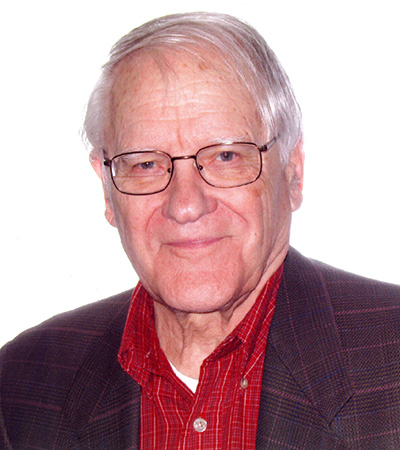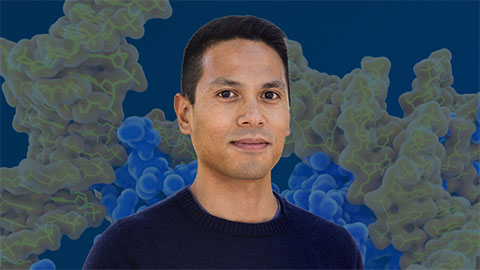In memoriam: Arnis Kuksis
Arnis Kuksis, a professor emeritus at the University of Toronto who studied the complex mechanisms dictating lipid metabolism, died Sept. 2. He was 96 and had been a member of the American Society for Biochemistry and Molecular Biology from 1976 to 2018.

Born Dec. 3, 1927, in Valka, Latvia, Kuksis chose to pursue higher education in North America; after arriving in the United States with the support of a Lutheran World Federation Scholarship, he earned bachelor and master of science degrees from Iowa State University and a Ph.D. in biochemistry from Queen's University in Kingston, Ontario in 1956. He remained in Ontario for his postdoctoral studies at the Royal Military College, then returned to Queen's to join J.M.R. Beveridge’s lab as a research associate in lipid biochemistry.
After he was promoted to assistant professor of biochemistry at Queen’s, Kuksis' research focused on the analysis and characterization of triglycerides and phospholipids. He pioneered the use of high-temperature gas chromatography to resolve molecular species of triglycerides from natural fats and oils, a technique that became a standard in lipid research. His work extended to steryl esters and glycerophospholipids, enhancing the understanding of lipid structures and their metabolic pathways.
Kuksis authored numerous publications that had a significant impact on the field of lipid biochemistry. His research on the metabolism of molecular species of diacylglycerophospholipids and the lipid analysis of glycoinositol phospholipid membrane anchors are among some of his most cited works. He authored or co-authored over 370 original articles, 100 invited reviews and book chapters, and he wrote the book "Inositol Phospholipid Metabolism and Phosphatidyl Inositol Kinases." He edited or co-edited six books.
Kuksis served as a career investigator for the Medical Research Council of Canada from 1960 to 1997 and was the director of the MRC Regional Mass Spectrometry Facility at the Banting and Best Department of Medical Research, University of Toronto, from 1972 to 1997. In 1997, he was named professor emeritus at the University of Toronto.
In addition to his research, Kuksis was a dedicated mentor, supervising numerous doctoral and master's students and postdoctoral fellows.
Kuksis was preceded in death by his wife of more than 70 years, Inese, and his son Lauris. He is survived by his children Anda, Davis and Inga; seven grandchildren, and six great-grandchildren.
His family wrote in an obituary, “Our father was a stoic, modest man, a counsellor, coach, poet and role model. He will be remembered for his humour, generosity and guidance.”
Enjoy reading ASBMB Today?
Become a member to receive the print edition four times a year and the digital edition monthly.
Learn moreGet the latest from ASBMB Today
Enter your email address, and we’ll send you a weekly email with recent articles, interviews and more.
Latest in People
People highlights or most popular articles

Nuñez receives Vallee Scholar Award
He will receive $400,000 to support his research.

Mydy named Purdue assistant professor
Her lab will focus on protein structure and function, enzyme mechanisms and plant natural product biosynthesis, working to characterize and engineer plant natural products for therapeutic and agricultural applications.

In memoriam: Michael J. Chamberlin
He discovered RNA polymerase and was an ASBMB member for nearly 60 years.

Building the blueprint to block HIV
Wesley Sundquist will present his work on the HIV capsid and revolutionary drug, Lenacapavir, at the ASBMB Annual Meeting, March 7–10, in Maryland.

In memoriam: Alan G. Goodridge
He made pioneering discoveries on lipid metabolism and was an ASBMB member since 1971.

Alrubaye wins research and teaching awards
He was honored at the NACTA 2025 conference for the Educator Award and at the U of A State and National Awards reception for the Faculty Gold Medal.

